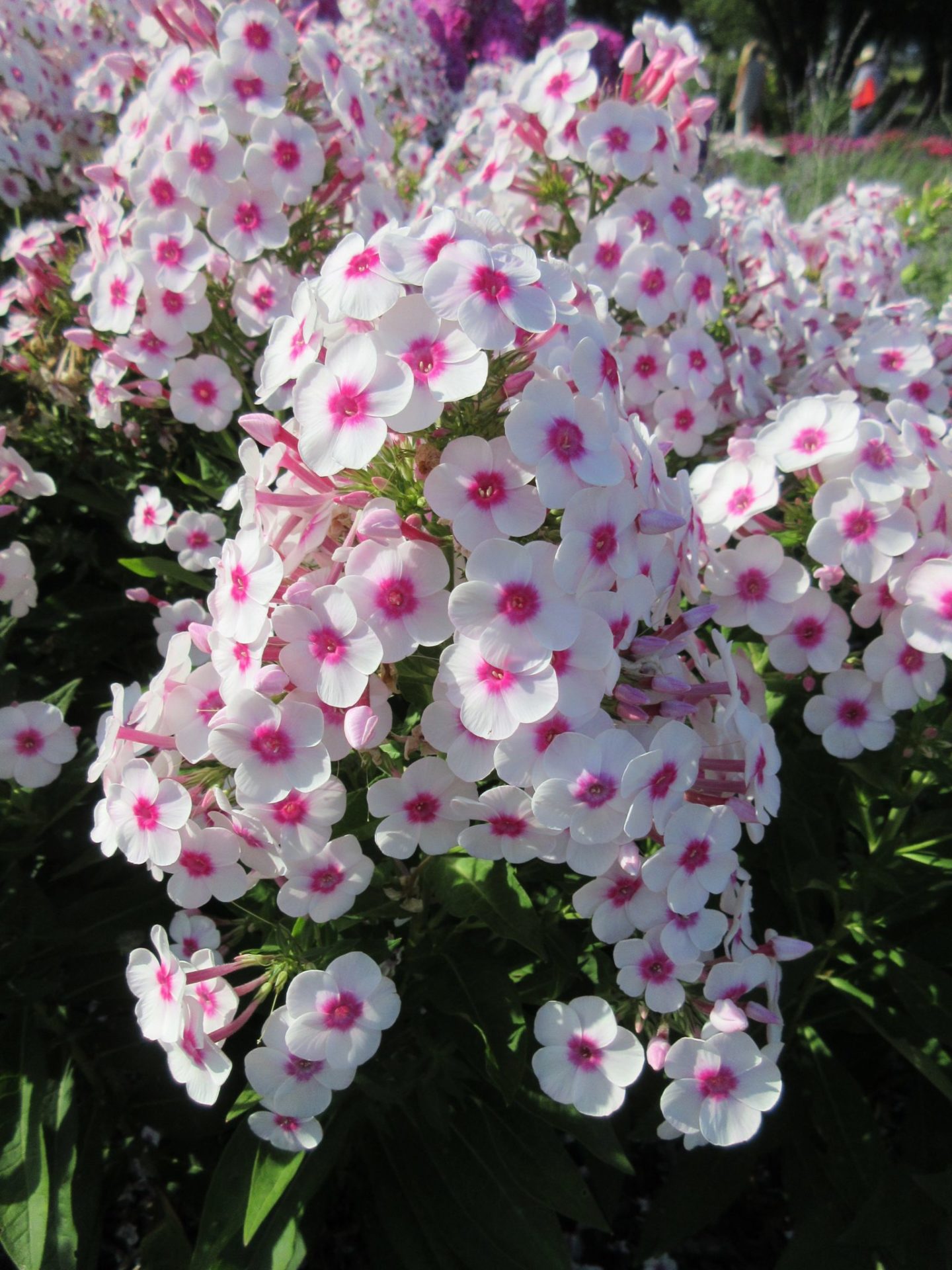
Fabulous Garden Phlox
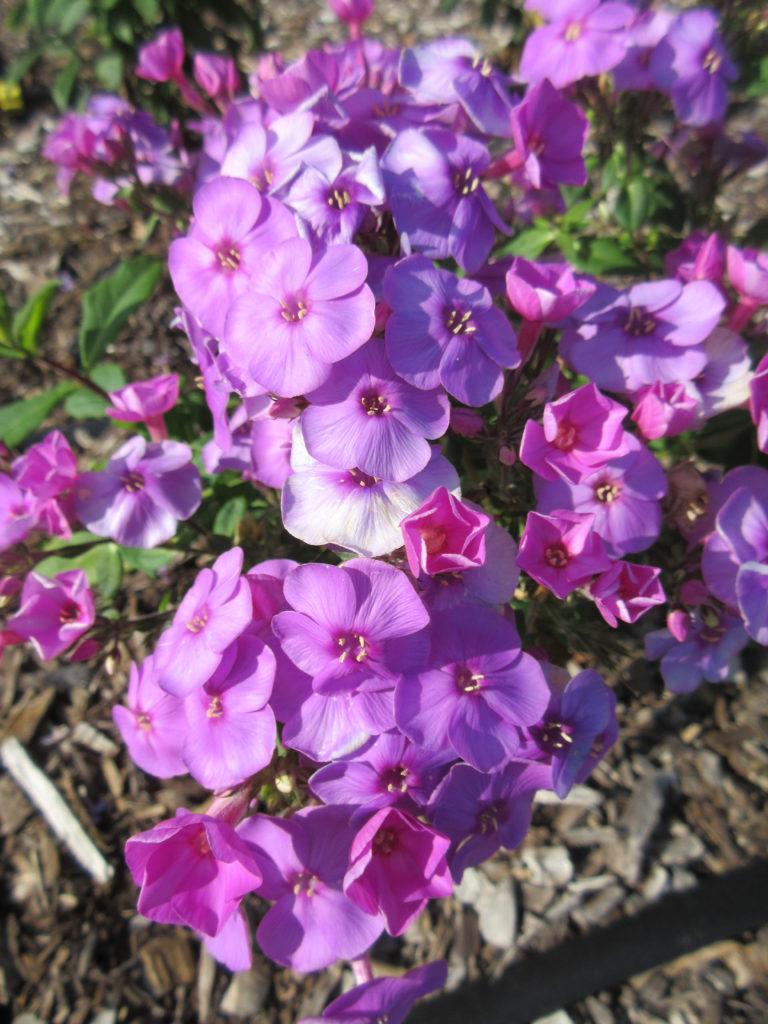
The top photo shows the gorgeous ‘Cherry Cream’ garden phlox (Phlox paniculata) and directly above is Ka-Pow® Lavender garden phlox (Phlox paniculata ‘Balkapolav’). On a very cold day after another 6″ of snow over the last two days, some summer color with garden phlox (Phlox paniculata) can only cheer us up! Lots more information on this fun perennial is included in the next paragraph. Next week promises more snow and some arctic temperatures throughout the week. We had a nice turnout of staff (Terry, Big John and Cindy) as well as volunteers (Kathy P., Urban, Marv, Alan, Dave T., Steve J., Dave K., Bill O., Peg L. and Dr. Gredler). We also saw Maury, Rollie and Kay J. We have a volunteer event tonight which should be fun although we worry about attendance with the cold and icy roads. This is the first of three monthly volunteer events used for recruitment and to provide updates about the Holiday Light Show (HLS), 2018 accomplishments and plans for 2019. The next two are on February 19th and March 28th respectively.
Garden phlox (Phlox paniculata), also called summer phlox and border phlox, are excellent additions in the garden for their long-blooming nature and colorful range of summer blooms. Preferring full sun but tolerating part shade, garden phlox will thrive in areas with moist, rich soils that are well-drained. Overly damp soils may lead to “root rot” issues so drainage becomes vital although this species can tolerate clay soils if not overly damp for a long duration. Proper spacing becomes important to encourage air circulation which will help combat mildew issues which have long been associated with this species. Mildew-resistant varieties abound of course but nothing is “mildew-proof”! Flowers may appear as early as July and extend for many weeks, even months, well in to September. I’ve observed some selections showing some degree of color for close to three months! Garden phlox blooms have a slight fragrance which is enjoyed primarily at dusk and during the evening hours. Also great for hummingbirds, butterflies and birds, the flowers are also long-lasting in cut arrangements. Removing spent blooms (deadheading) keeps the plant tidy and consider pinching back early growth in spring (before July) to create a bushier and shorter habit. Phlox paniculata is also deer resistant and tolerates being around the root zones of black walnuts (Juglans nigra). Breeding efforts with garden phlox have created a wealth of selections that may feature a shorter habit (down to 18″ even!), crisp and stable variegation (check out ‘Shockwave’ below!), longer bloom times and certainly improved disease resistance. My photos included in this blog represent a very small portion of the available varieties although many of these are newer with a compact size.
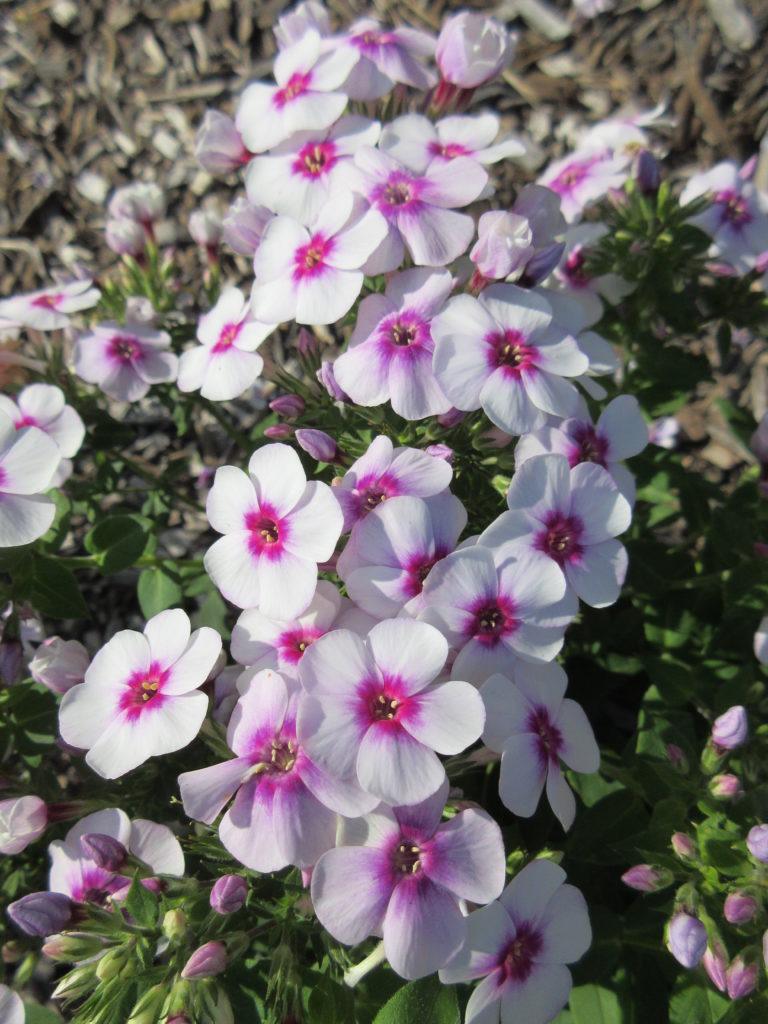
Ka-Pow® White Bicolor (‘Balkapowibi’)
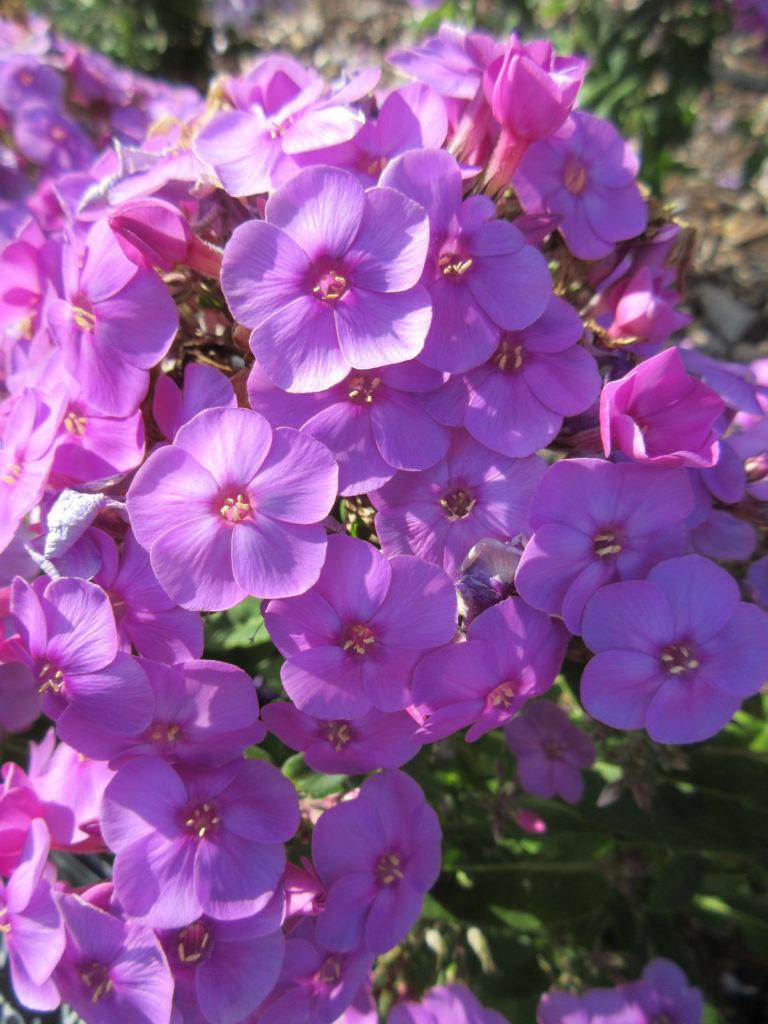
Ka-Pow® Purple (‘Balkapopur’)
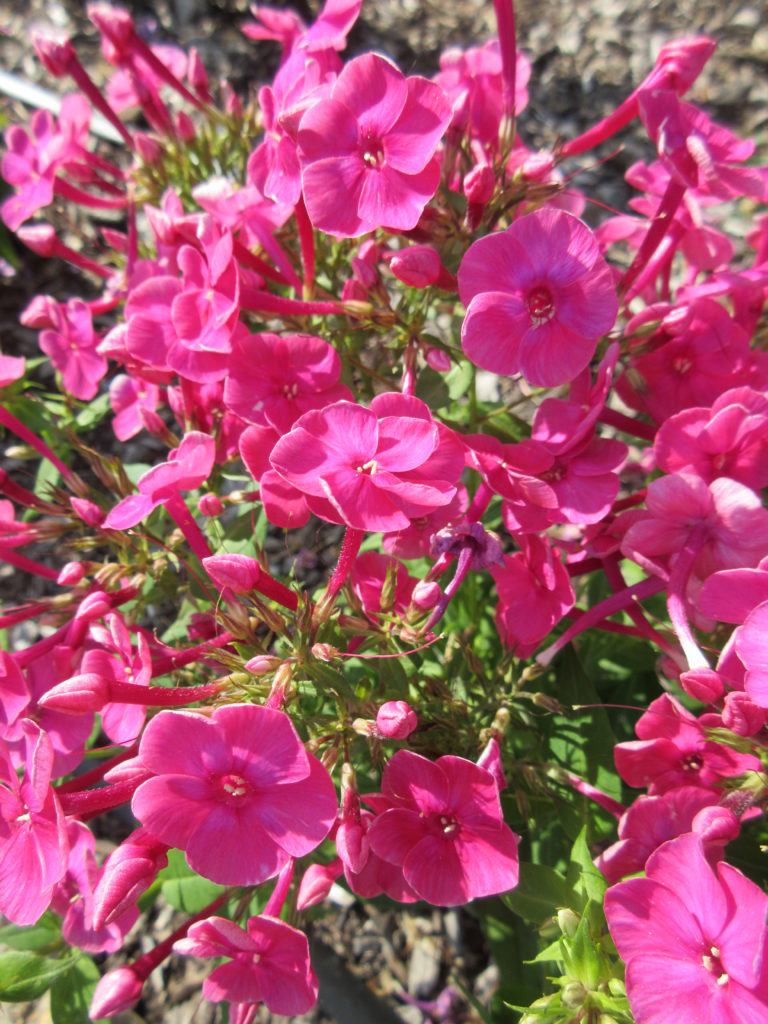
Ka-Pow® Pink (‘Balkapopink’)
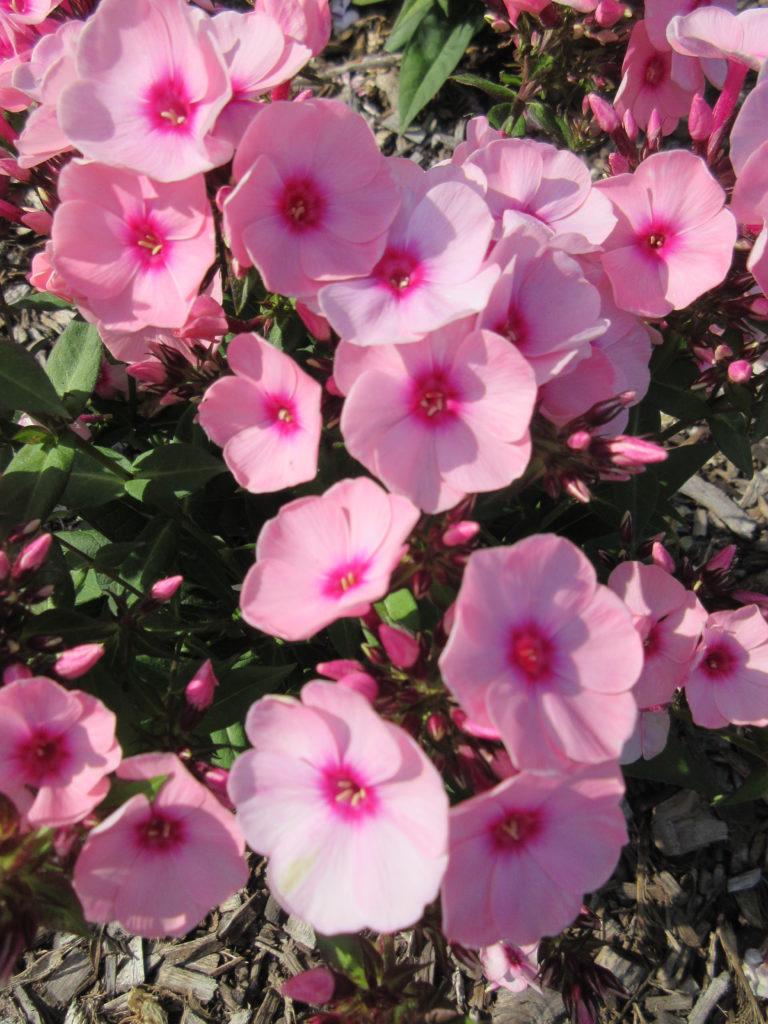
Famous™ ‘Dark Pink Eye’
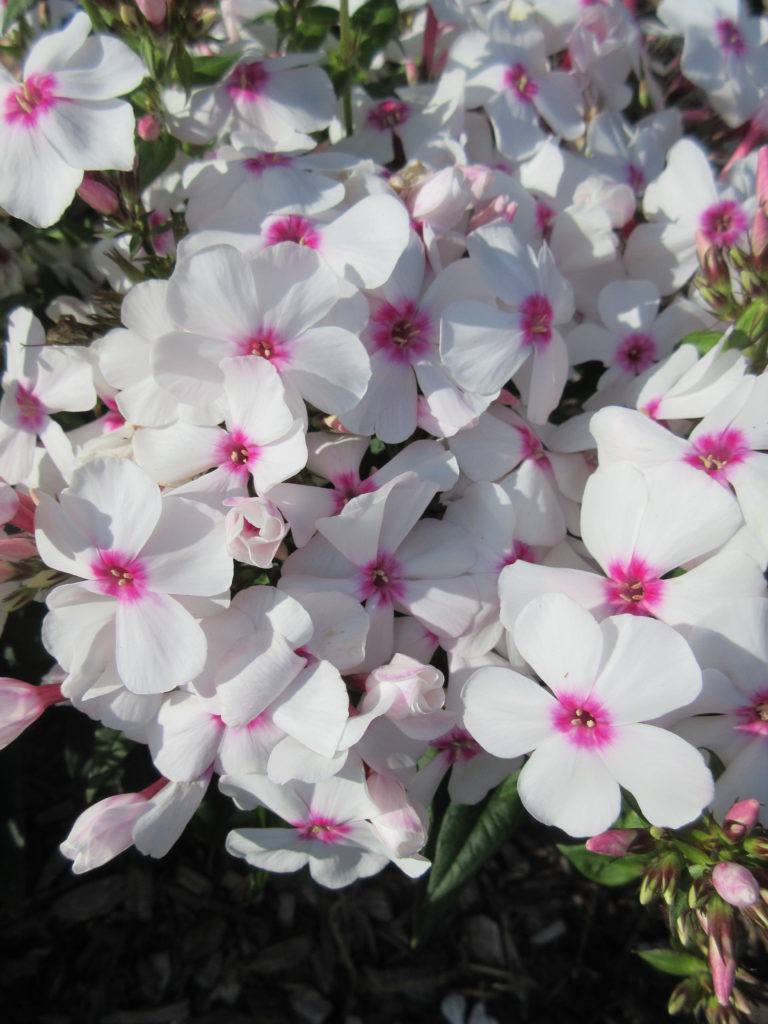
Famous™ ‘White Eye’
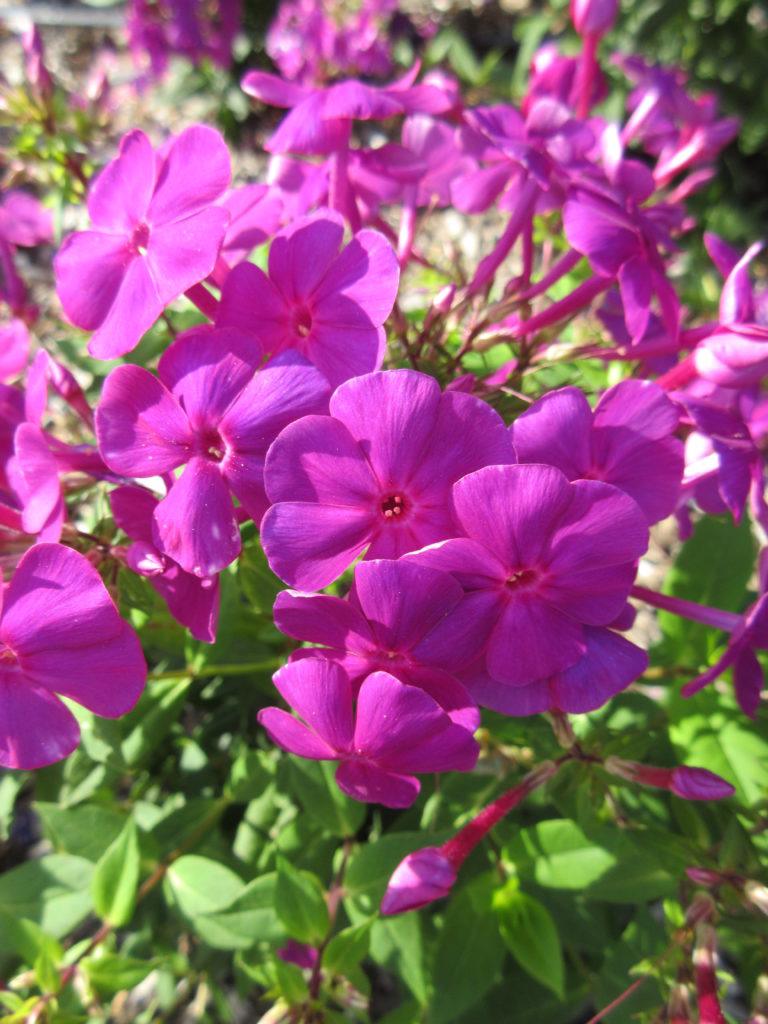
Famous™ ‘Purple’
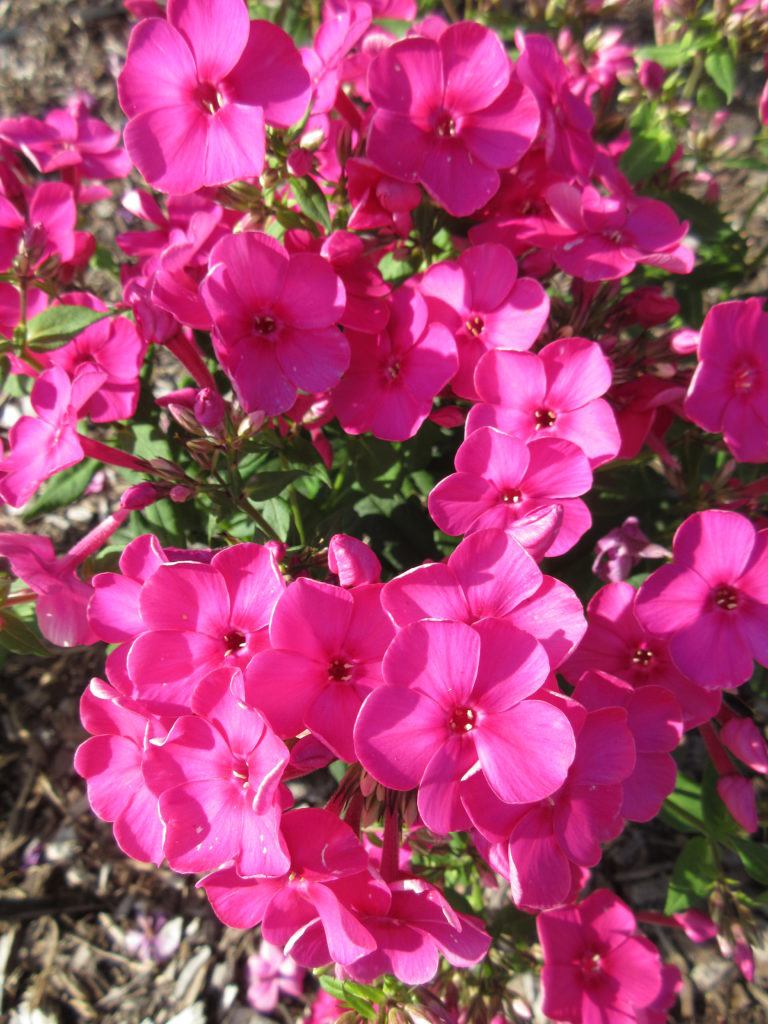
‘Younique Cerise’
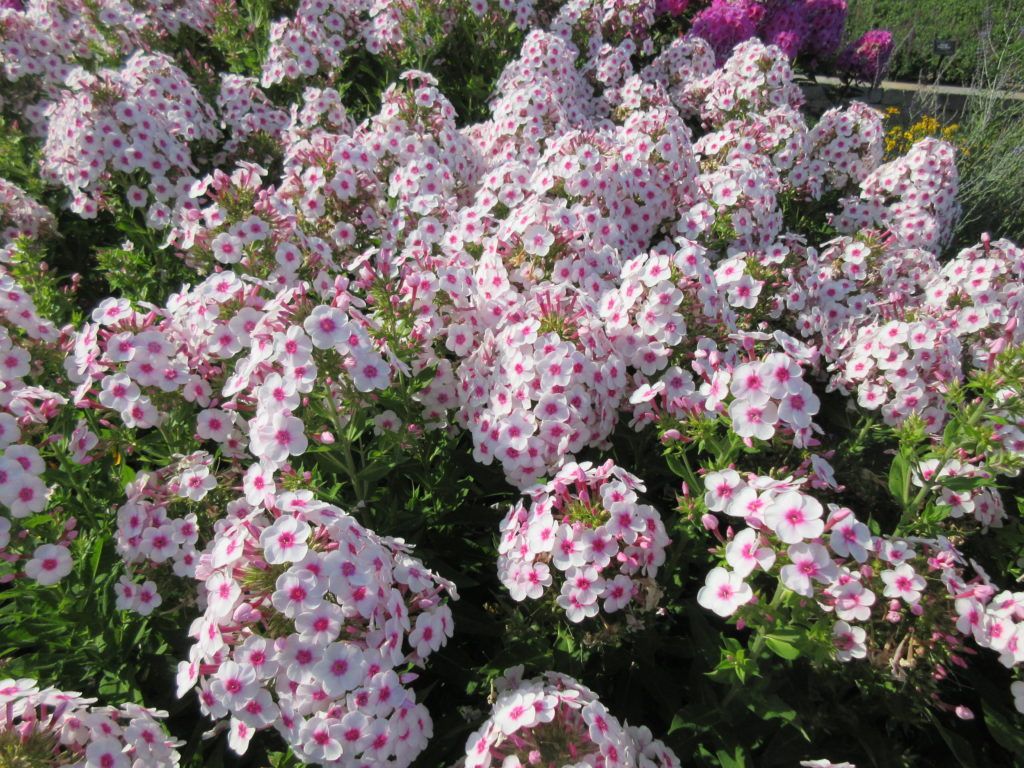
‘Cherry Cream’ (above, below and photo at the top of the blog)
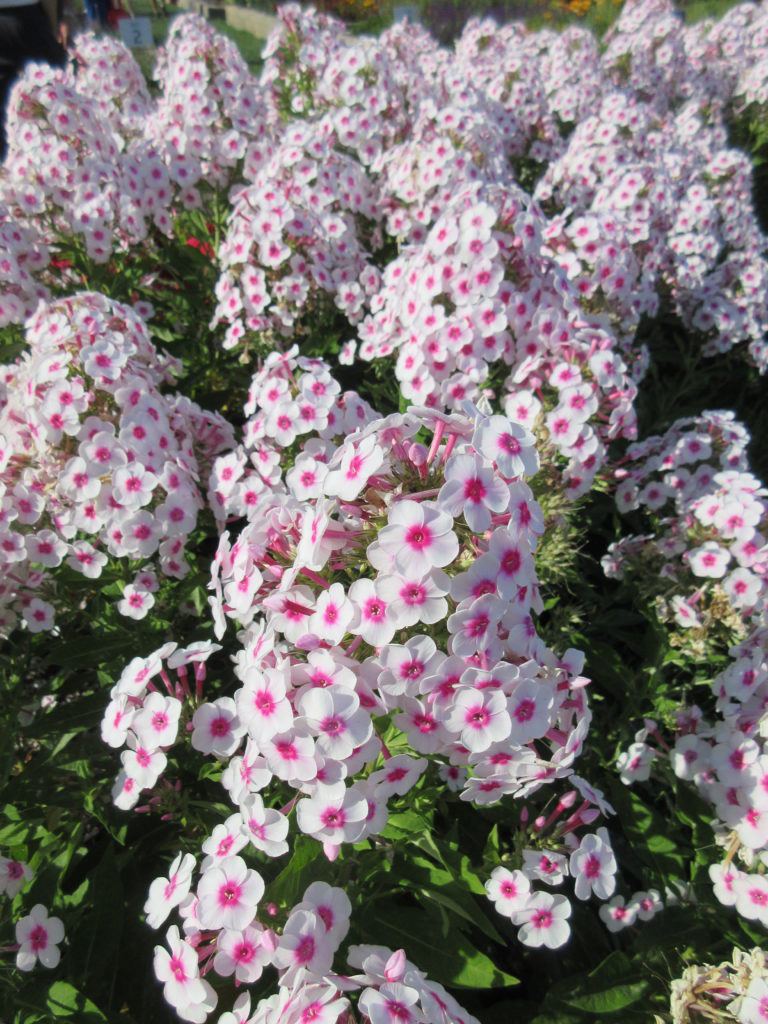
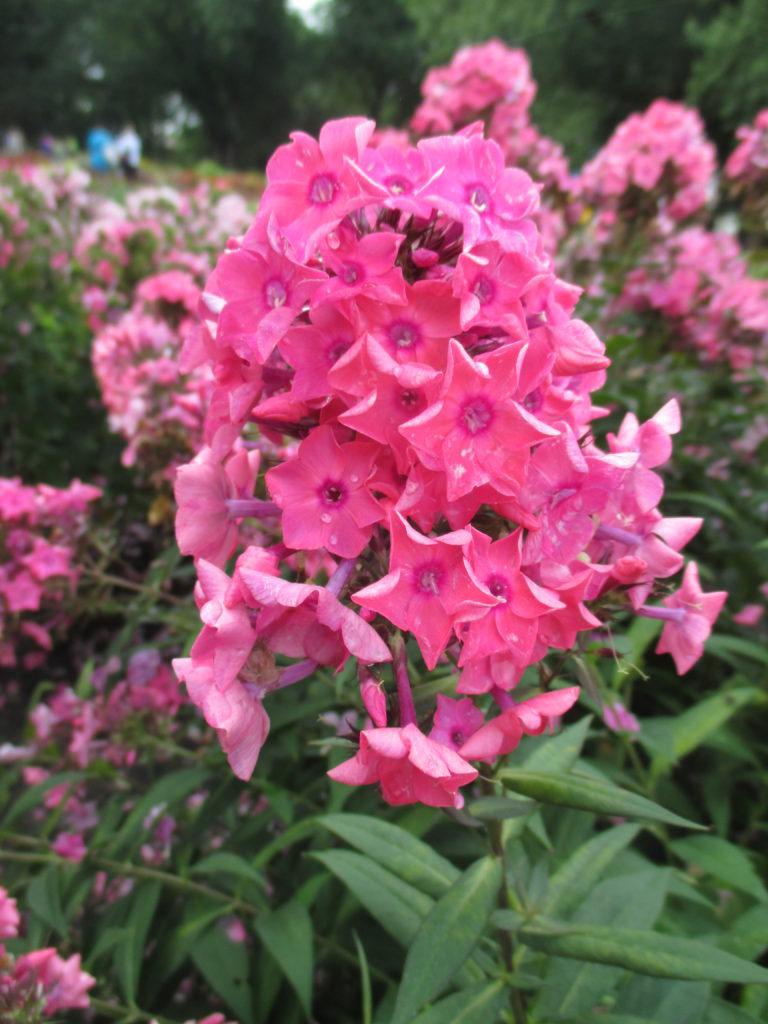
Candy Store® Coral Crème Drop (‘Ditomdre’)
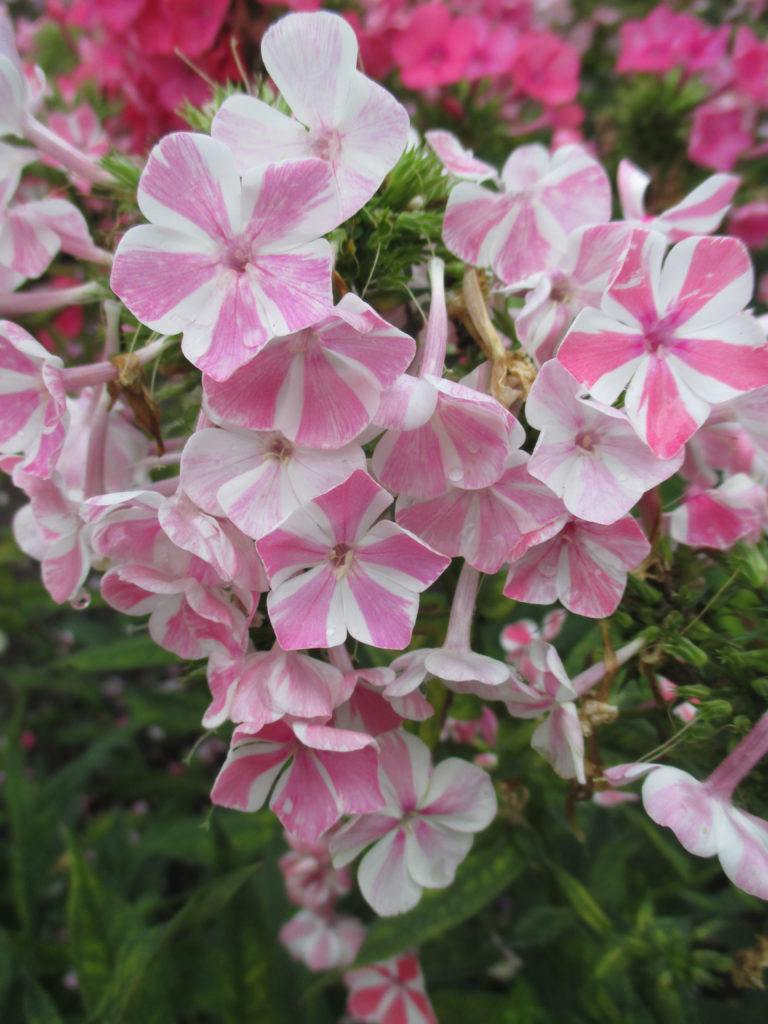
‘Peppermint Twist’
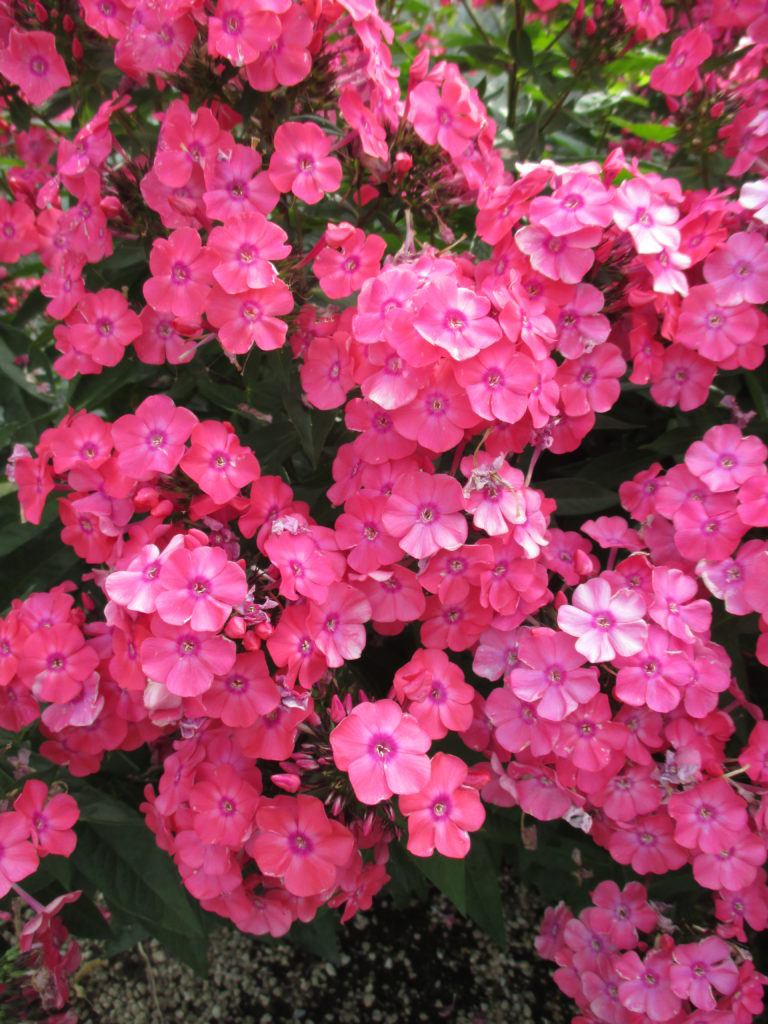
‘Glamour Girl’ (this is an awesome variety!!!)
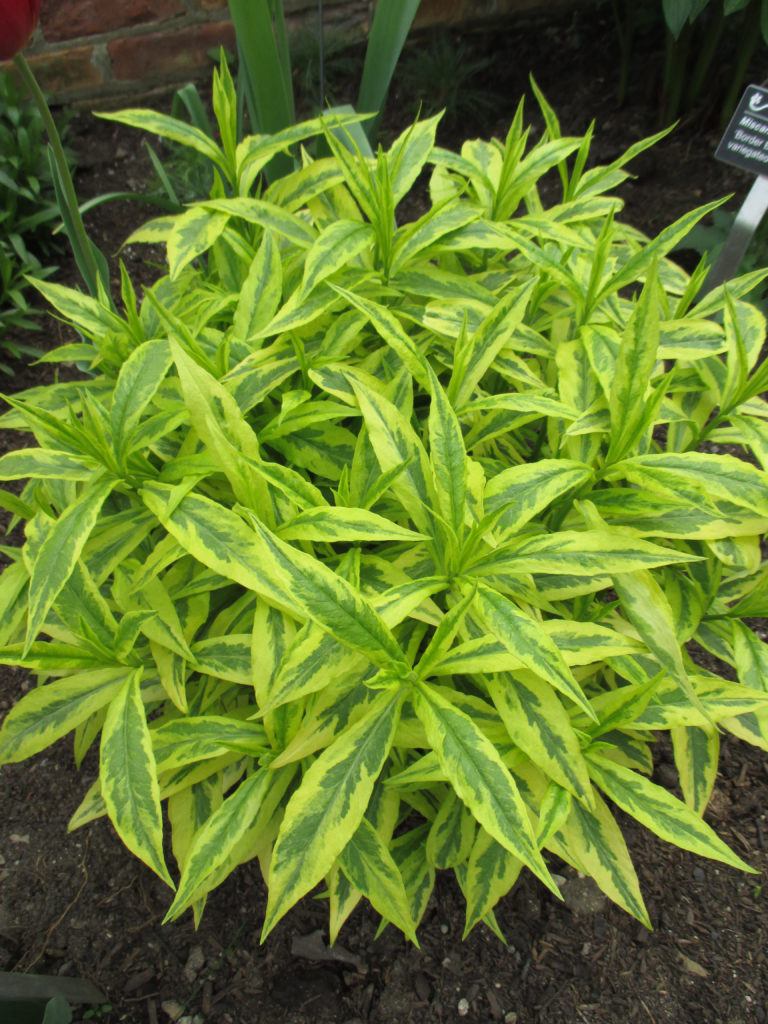
‘Shockwave’ (above and below)
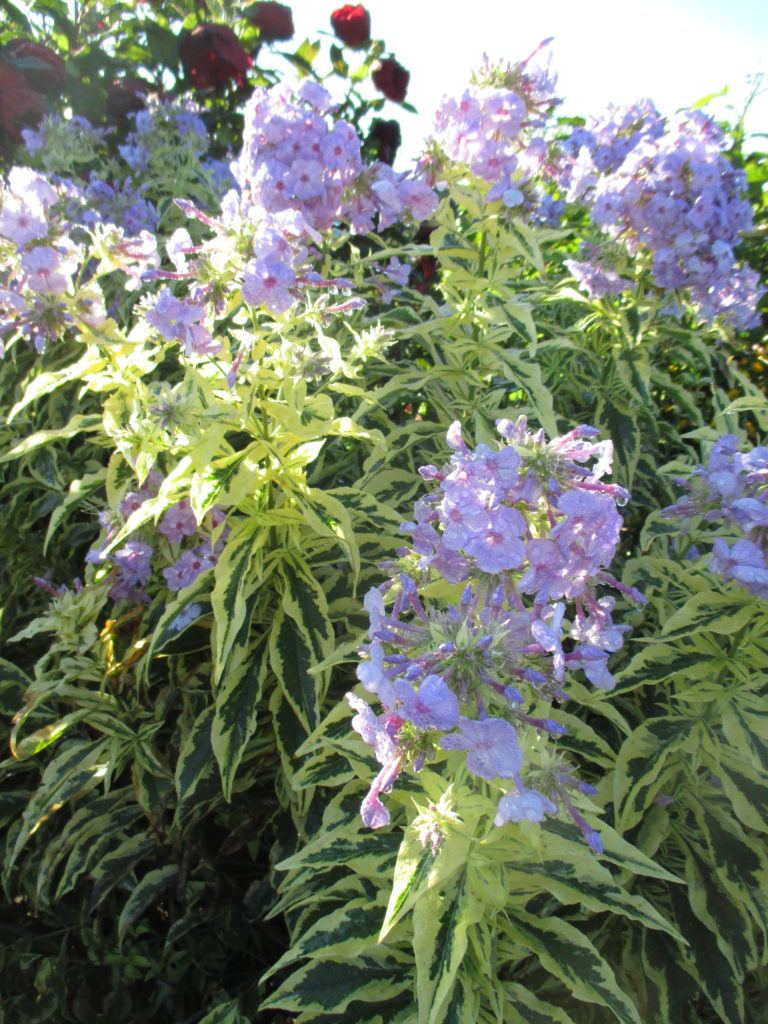
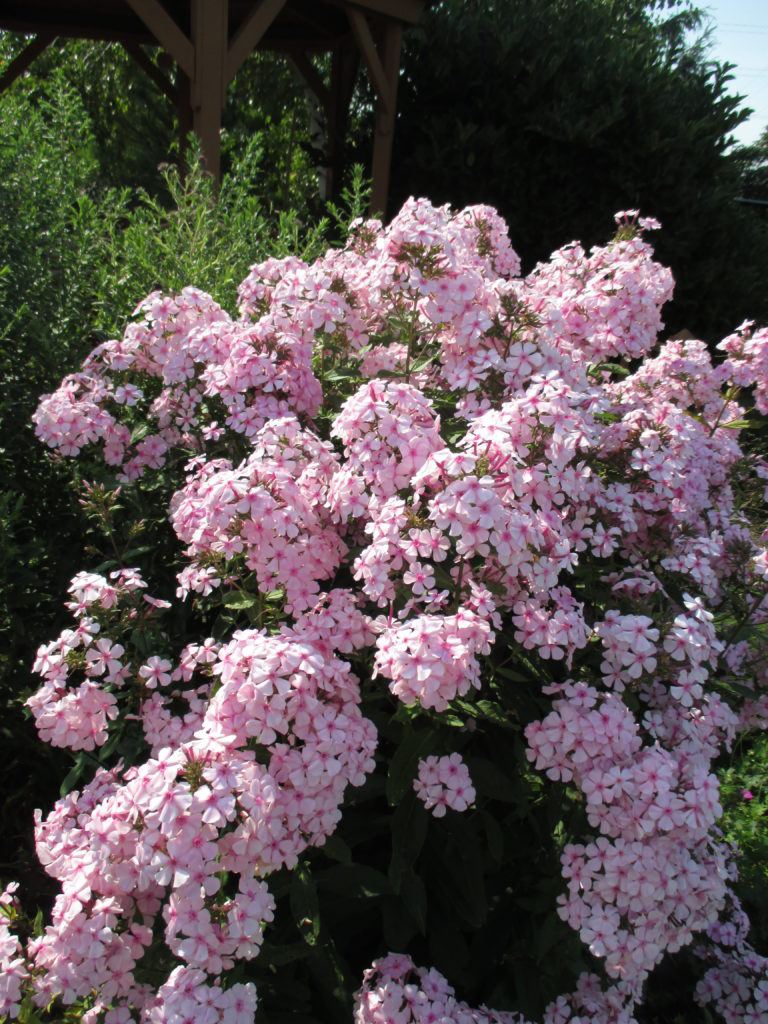
‘Thai Pink Jade’
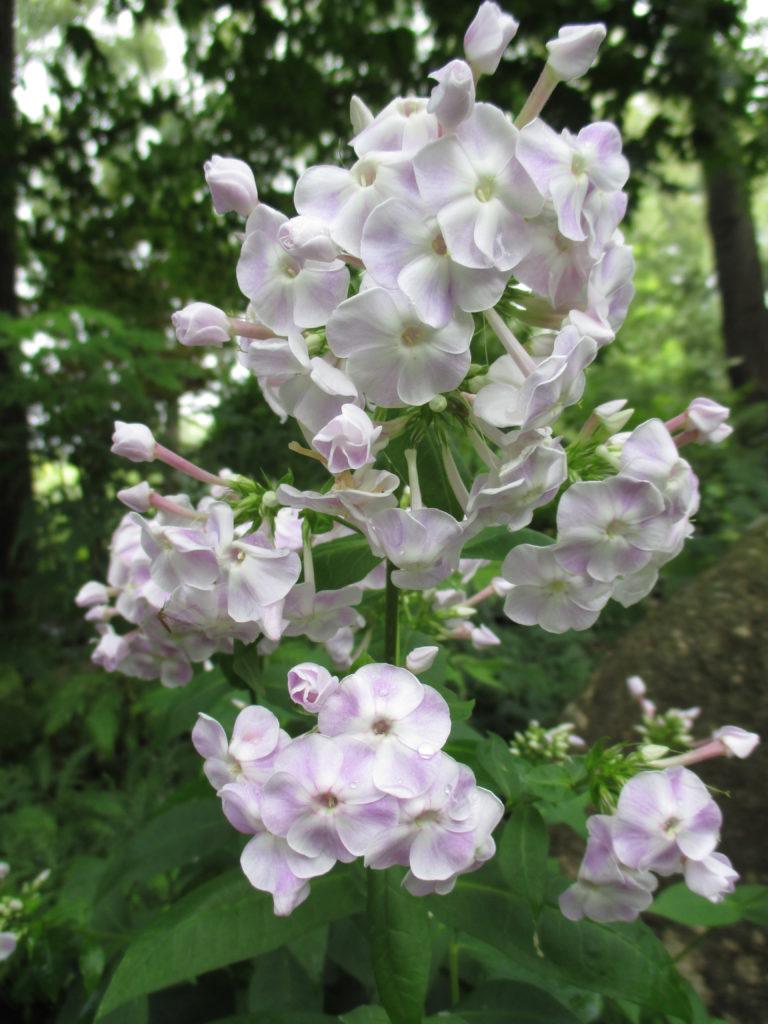
‘Blushing Shortwood’ (above and below)
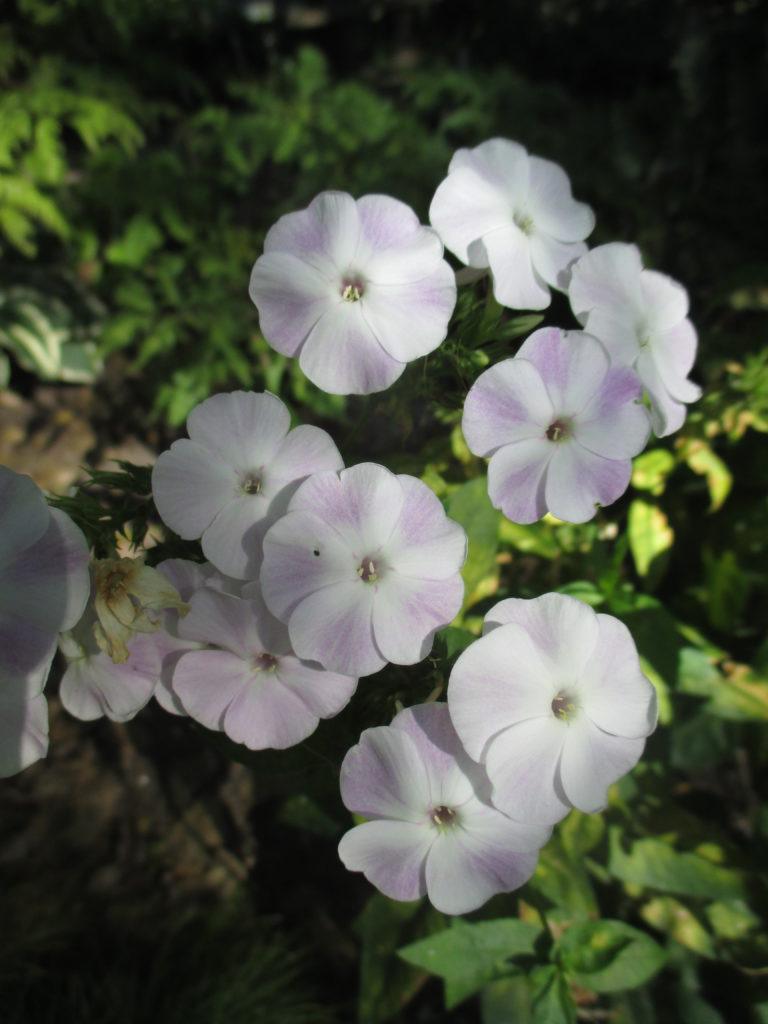
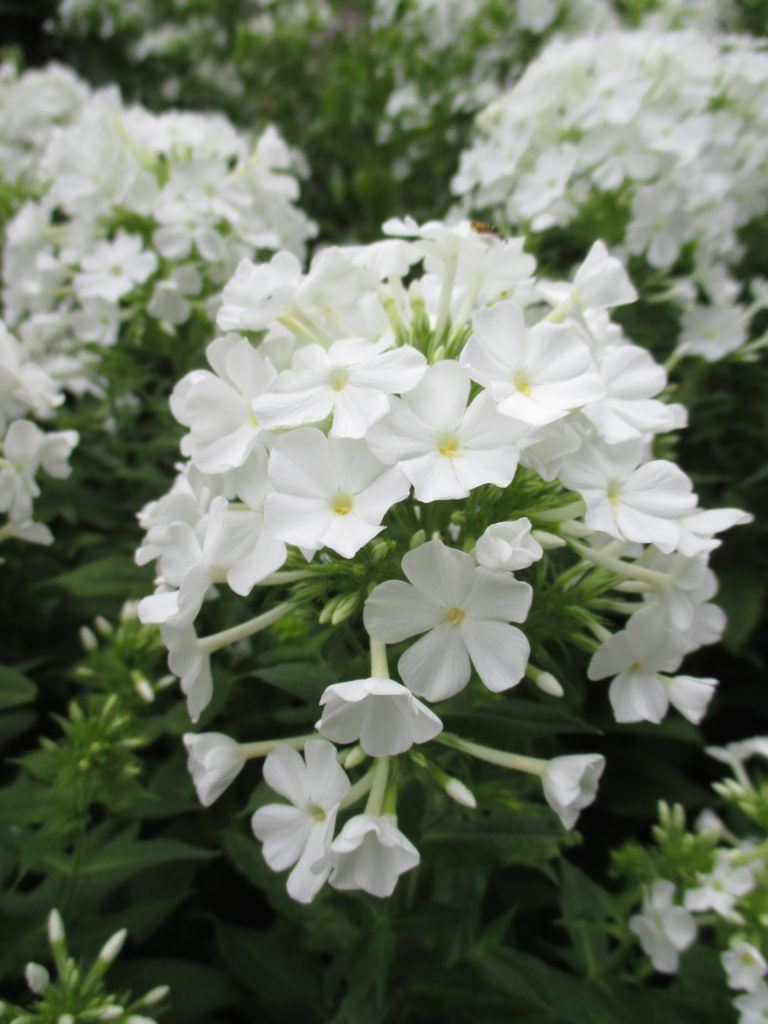
‘David’ (above and two below)
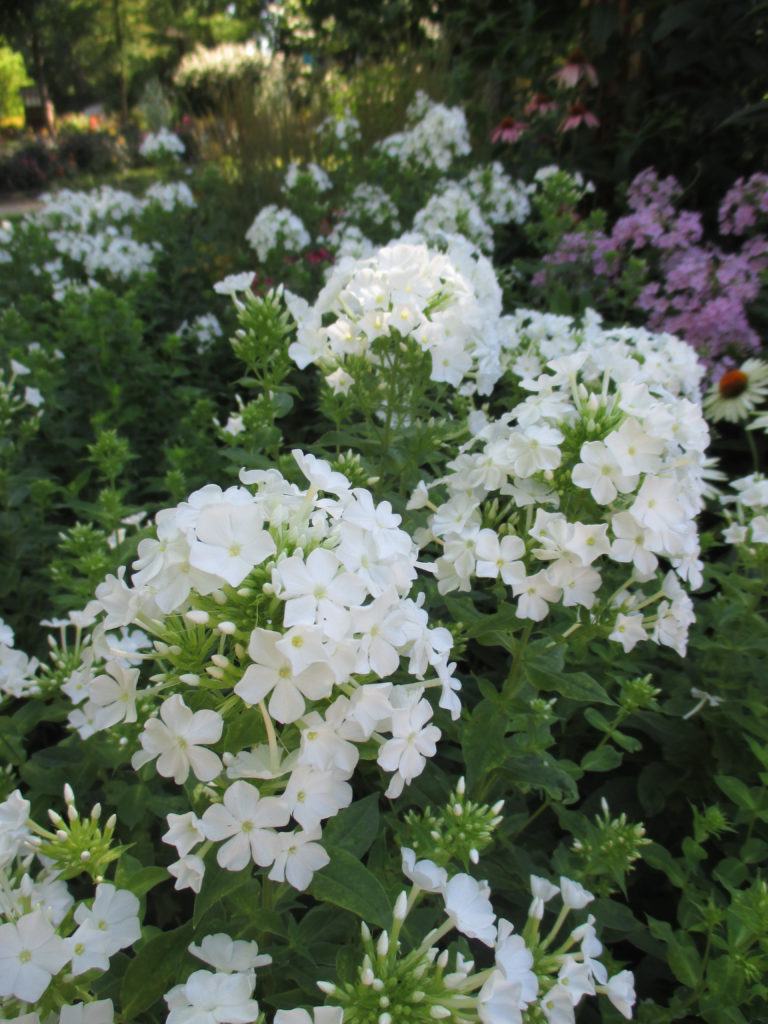
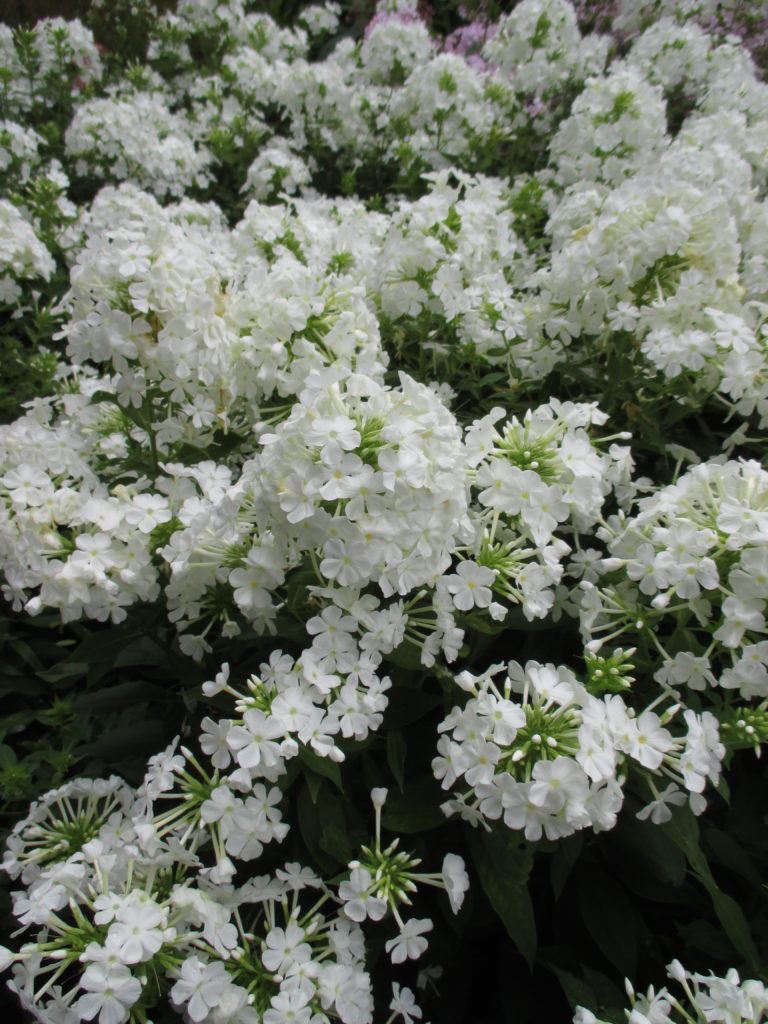
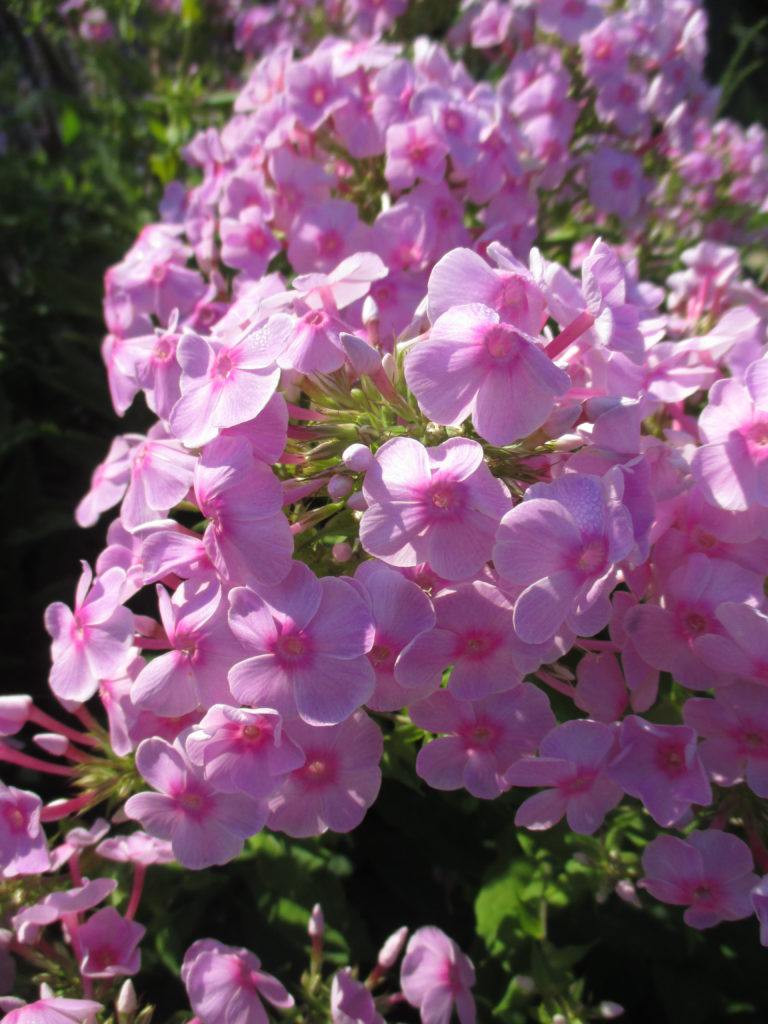
‘David’s Lavender’ (above)
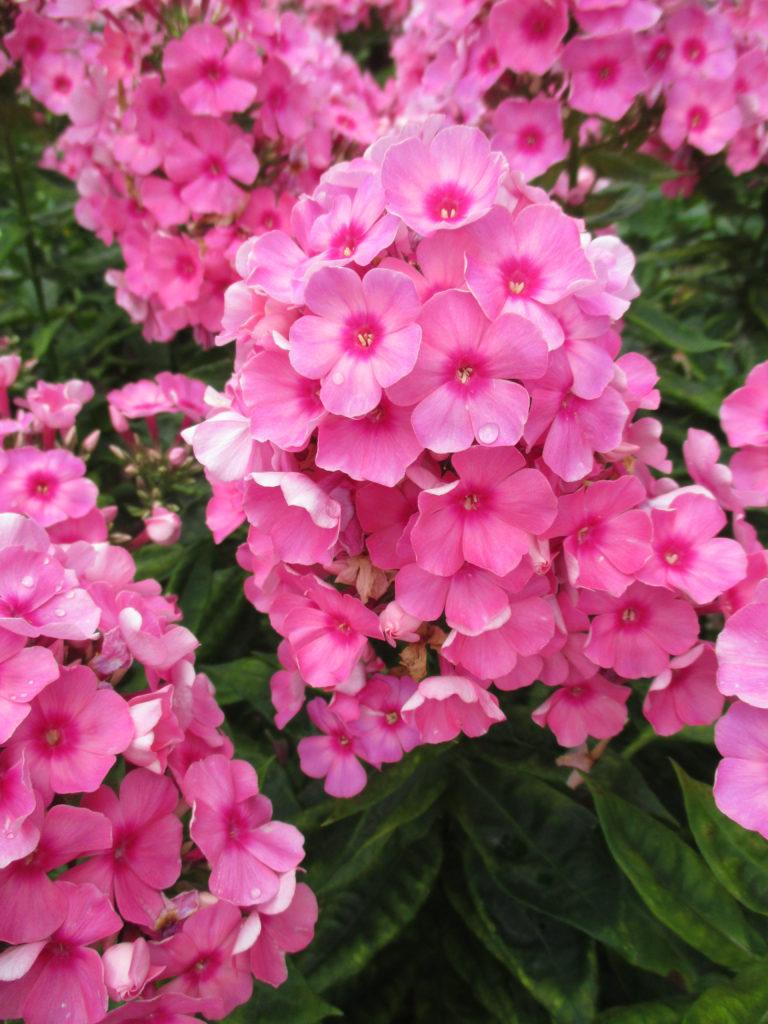
FLAME™ Light Pink (‘Bartwelve’)
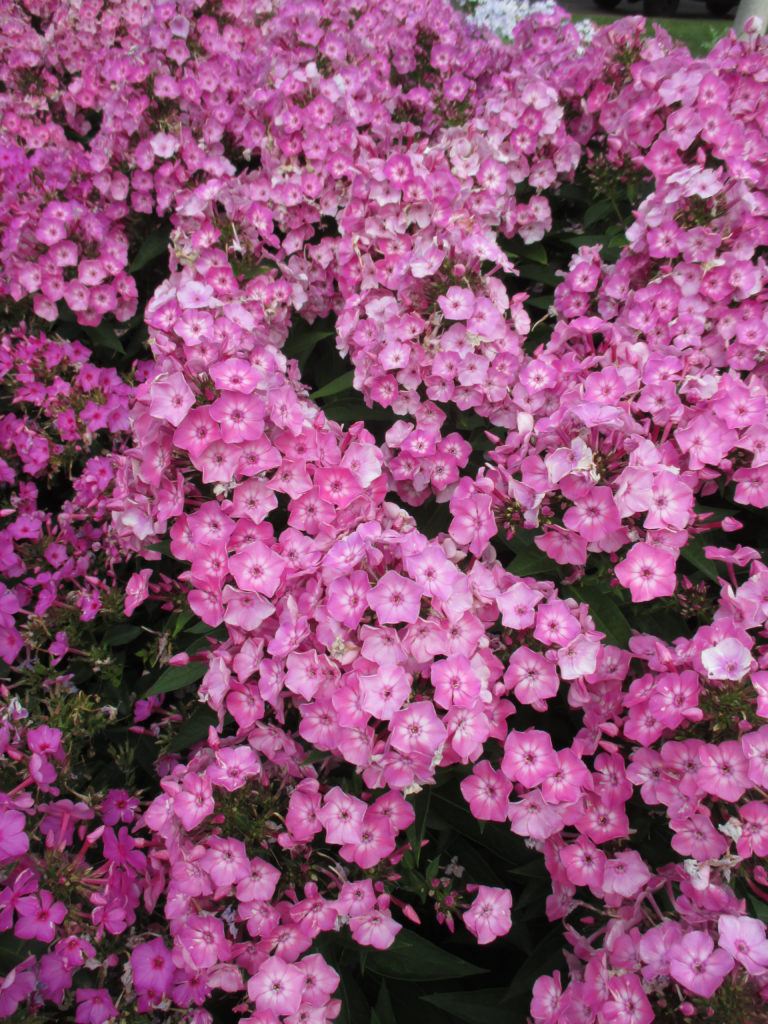
FLAME™ Pink Eye (‘Barthirtyfive’)
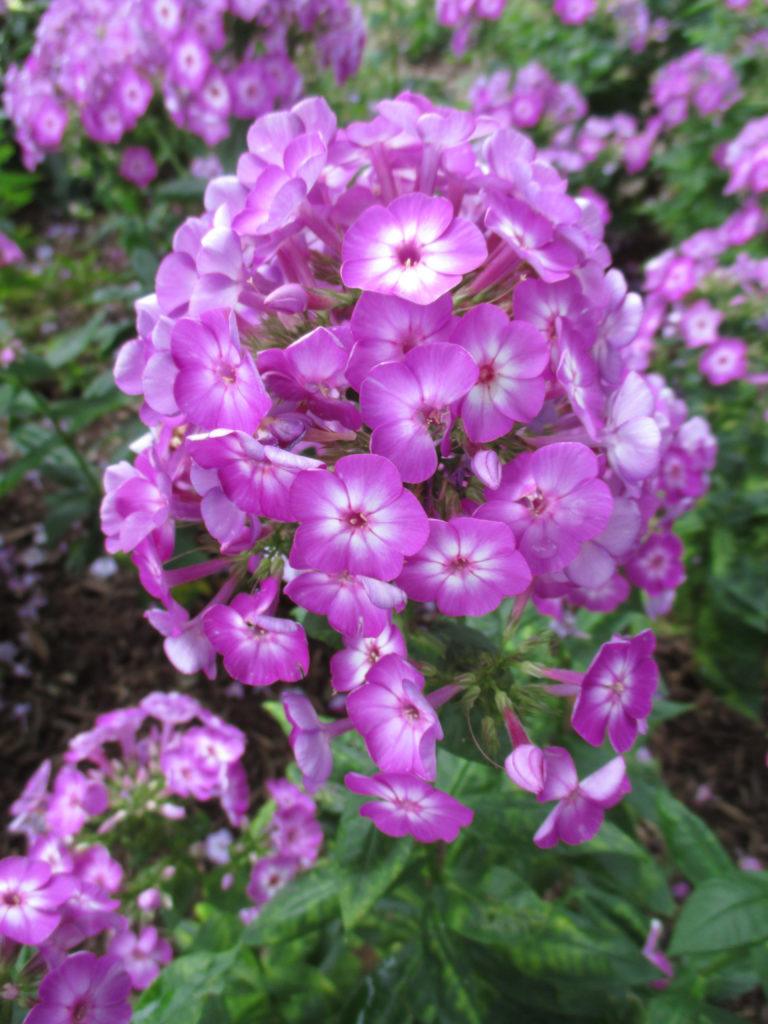
FLAME™ Purple Eye (‘Barthirtythree’)
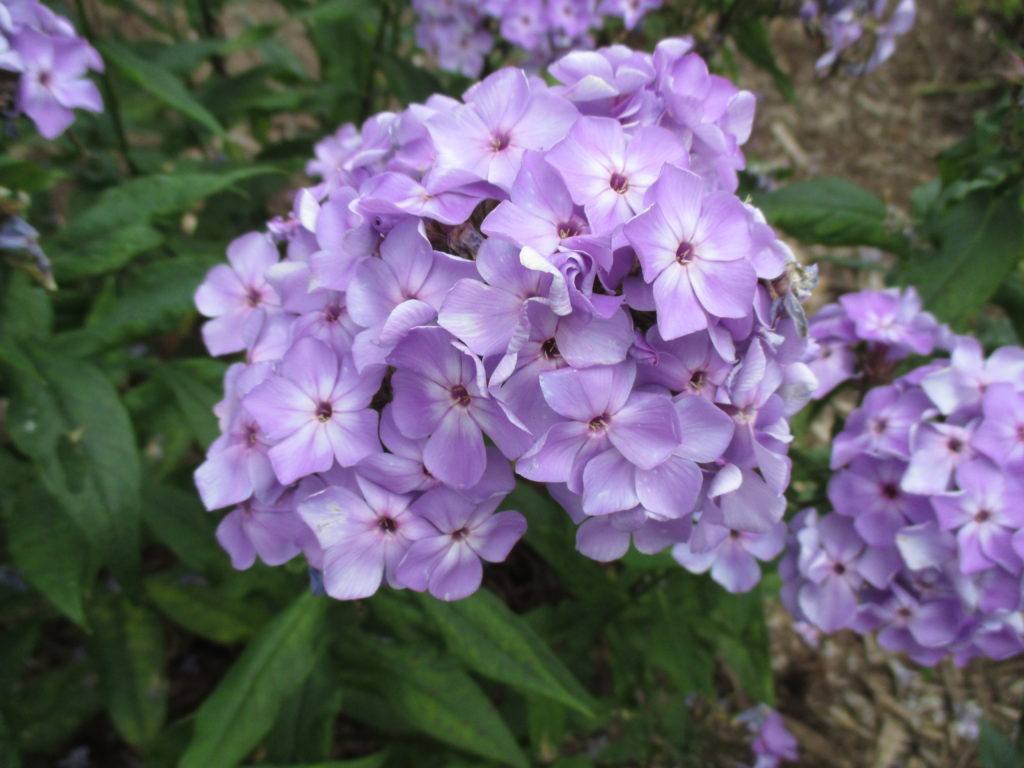
FLAME™ Violet (‘Barsixtyone’)
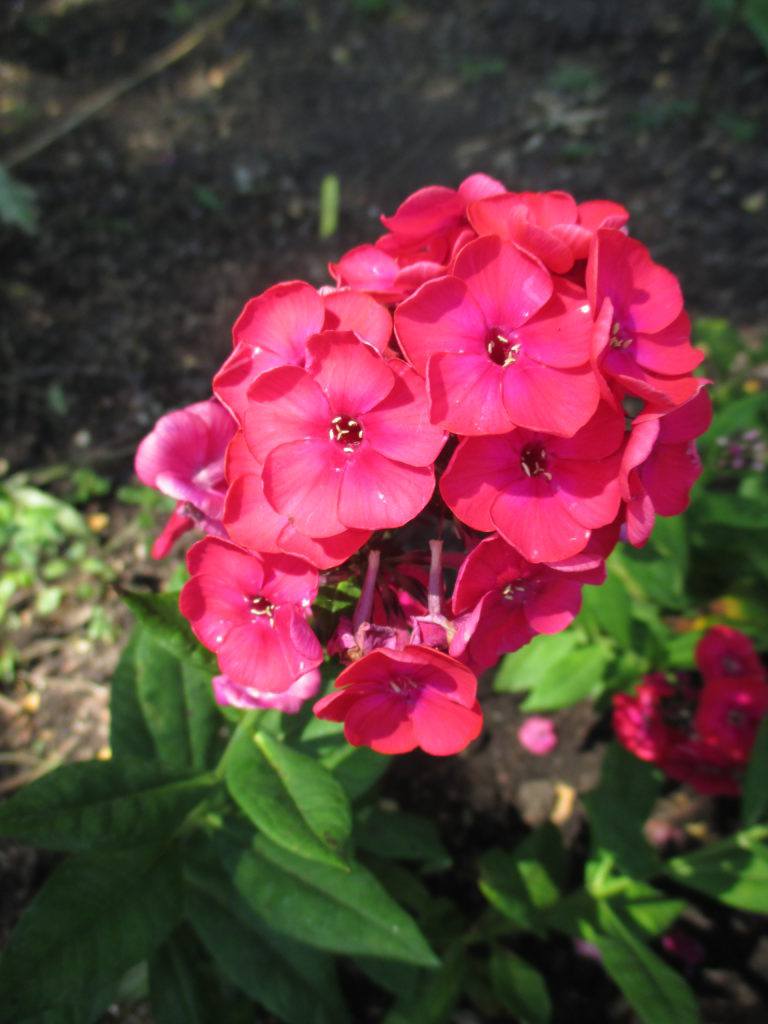
‘Strawberry Daiquiri’
